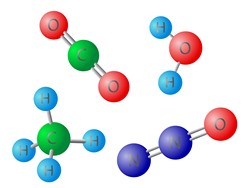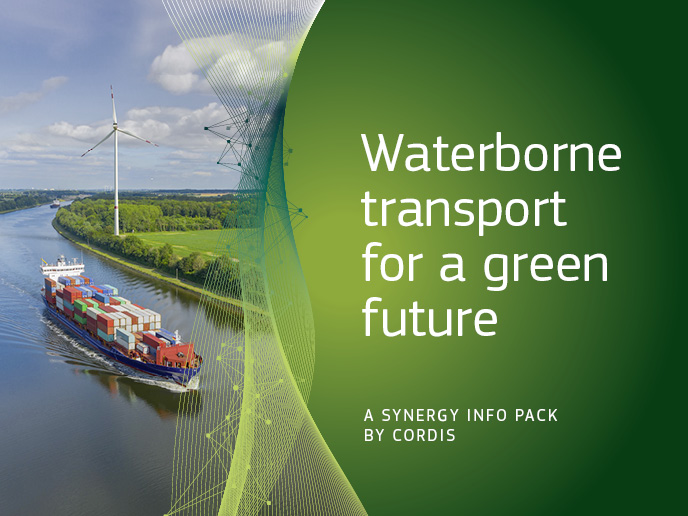How greenhouse gases can be turned into fuel
Electrochemical reactions involving nitrogen- (N) or carbon- (C) containing species have important applications in energy conversion, storage and utilisation. These include the transformation of electrical energy to chemical energy by making and breaking chemical bonds, the conversion of greenhouse gas molecules and the removal of toxic compounds from waste streams. The aim of the EU-funded project GHGELCAT (Electrocatalysis of greenhouse gases to fuels or chemical feedstocks on well-characterized materials) was to develop a better fundamental understanding of the underlying processes during electrochemical conversions within the N and C cycles. Researchers investigated mechanisms behind the reduction of gases such as carbon dioxide and nitrogen oxides in the atmosphere, which are highly complex and not well understood. This is because most research in this field has not been conducted on well-characterised surfaces. GHGELCAT therefore employed model surfaces to obtain the necessary insights related to the important C-C or N-N bond-making steps as a basis to understanding reactions in greenhouse gases. Platinum sensors were used to carry out ammonia oxidation and the nitrite reduction to N gas as a basis for understanding the reactions of greenhouse gases. The mechanism of the ammonia oxidation reaction on the Pt(100) sensor involved a deprotonation step preceding the electron transfer, before the N-N forming step, a feature that is not captured by existing mechanisms. The nitric oxide reduction yielded the same final product (ammonium) on Pt(111) and Pt(100) sensors, but this is done via two different mechanisms. Results indicated that selectivity and even the mechanism of electrochemical reactions involving N- or C-containing species can be strongly dependent on surface structure. Therefore, the reaction mechanisms obtained for a certain surface and coverage cannot be directly extrapolated to structurally different electrodes. This discovery has important implications for electrocatalysis.







